What is the best 4K TV in 2021?
There are plenty of good 4K sets on the market, but what separates the best 4K TVs from the rest? Our list focuses on the sets that lie between £1000 to £2000, with only the best 4K TVs chosen for their excellence in picture, sound and smarts.
With 2021 in its early knockings, it’s a good time to find yourself the best 4K TV with prices dropping in the new year ahead of the upcoming models. Whether you’re after an OLED, QLED or LCD LED TV, you’ll find in this list our favourite buys from the best brands available. From TVs that’ll support the PS5 and Xbox Series X, to smaller-sized OLEDs or a TV that’s perfect for sports and movies, we have you covered. .
For more detail on the best 4K TV to get, check out the summaries below and click on our links to the full reviews.
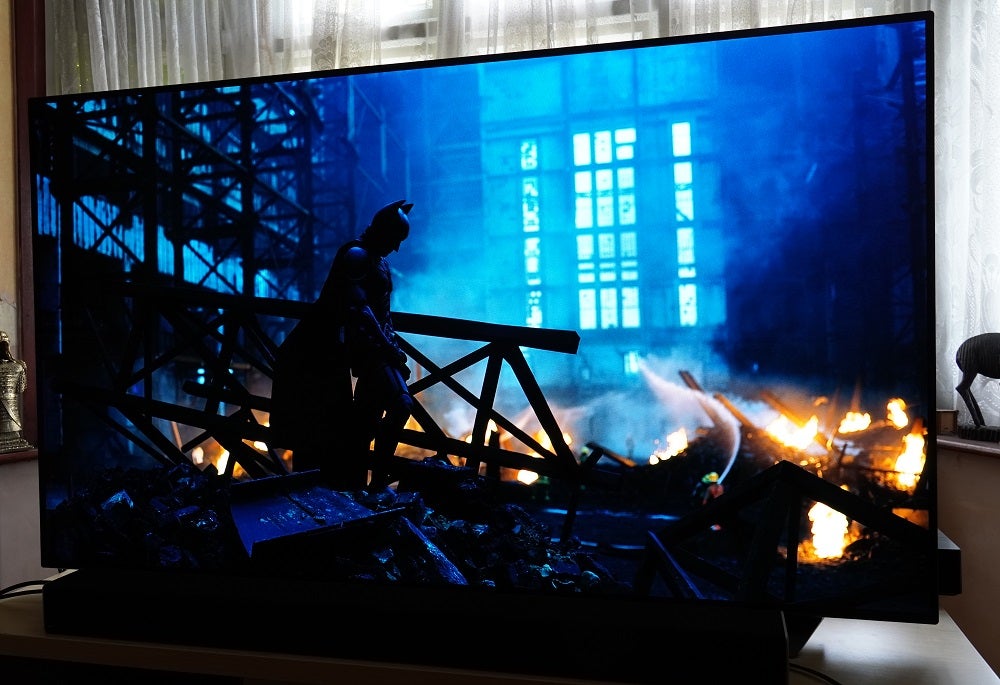
1. LG OLED55CX
Another feature-packed OLED
Pros:
- Excellent picture quality
- Great design
- Plenty of smarts, features and customisation
- Excellent upscaling
Cons:
- Still missing a few UK catch-up apps
- Just a small leap over the C9
LG’s new mid-range CX makes the top of the list not just because it offers fantastic picture quality, but that it does so for a lot less than 2019 C9 sold for when it was released. While performance isn’t a huge leap over the C9, the lower price makes it less daunting to jump into the OLED market.
The design is elegant and attractive, ensuring the CX looks good in any room. The feature set is robust with plenty of streaming apps, smart features and HDMI 2.1 for gaming, with the slick webOS interface tying everything together. The lack of Freeview Play integration means that only iPlayer is supported
Still, both native 4K and upscaled images fare excellently with the CX, with bold, natural colours and expressive contrast. We feel this set from LG is an impressively strong 4K set for the money.
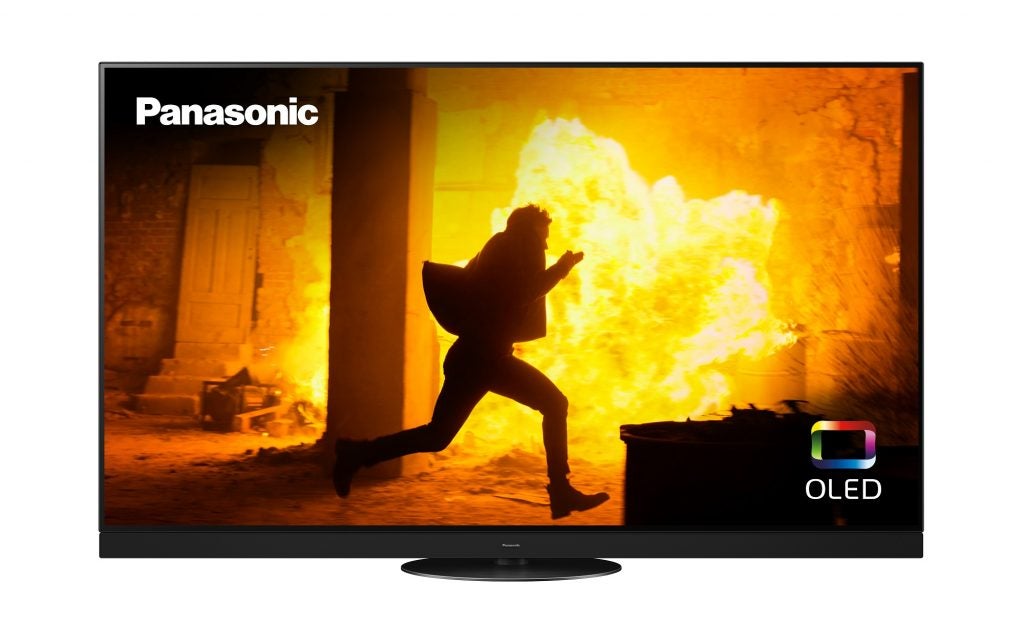
2. Panasonic TX-55HZ1500
Superb picture and accomplished audio
Pros:
- Detailed, stable, entirely natural and believable images
- Bigger, better-realised sound than most TVs
- Every HDR base covered
- Decent ergonomics
- Good upscaling
Cons:
- Expensive for a 55in TV
- One or two missing apps
- Sound can be bettered by a half-decent soundbar
The HZ1500 offers a few upgrades over its predecessor, which include the upfiring Atmos speakers and a screen that can swivel, handy if you want to avoid the glare of sunlight on your screen.
The picture quality, as we’ve come to expect from Panasonic, is sumptuous. With support for Dolby Vision (including the IQ version) and HDR10+, we found it delivered exceptional pictures with epic black levels, bright whites, excellent contrast and great detail.
While audio is given more space with the upfiring speakers, don’t expect the type of Atmos presentation where sounds are being pinged around the room. Nevertheless, it’s the type of excellent AV presentation that we take for granted from Panasonic.
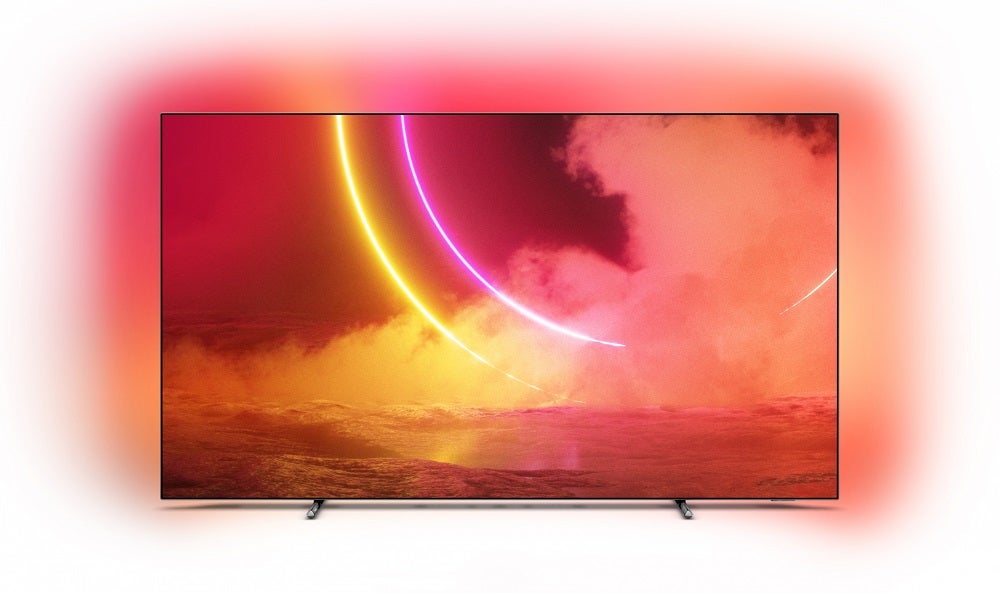
3. Philips 55OLED805
A 4K Ambilight delight
Pros:
- Multi-HDR support with HDR10+, Dolby Vision and HLG Freeview Play
- Ambilight
- Play-Fi compatibility
Cons:
- No support for 4K/120fps
- No Dolby Vision IQ
Impressive as Philips’ 2019 OLEDs were, their latest efforts have taken performance even further. Part of that is down to the new Philips AI-enhanced P5 picture engine, which delivers impressive images by adjusting picture quality to suit the content watched.
During the course of testing, images were delivered with almost three-dimensional depth and detail, with the Philips’ HDR performance just as impressive. And there’s Ambilight, which adds a reflective glow to whatever you watch. For gamers looking to the next-gen consoles this isn’t the best choice with no 4K/120fps support and a relatively sluggish latency. Still, for home cinema lovers, it’s a stunning set.
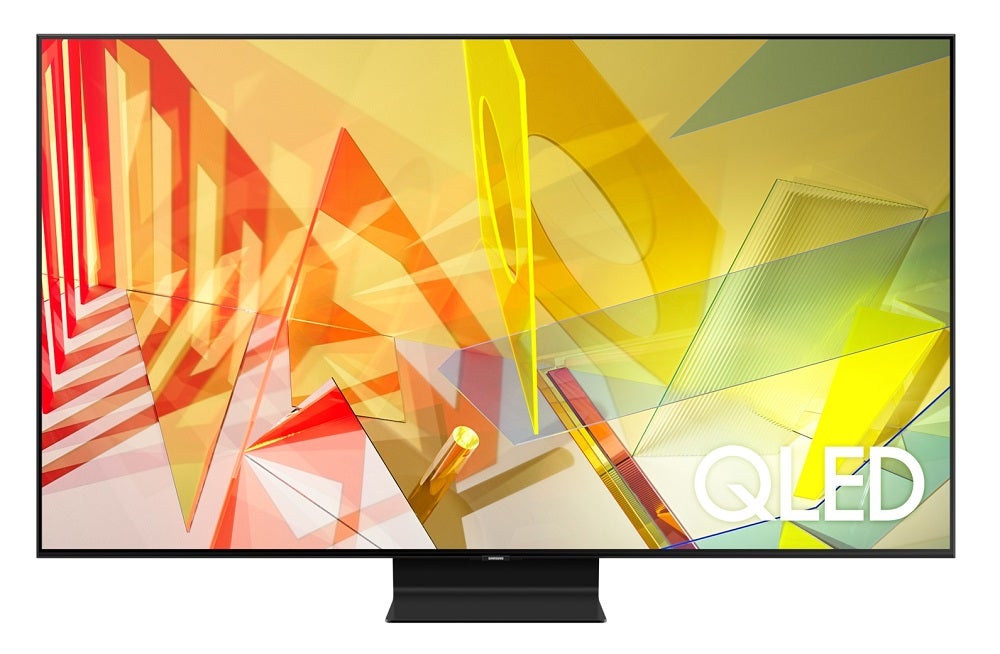
4. Samsung QE55Q90T
A high-performance TV
Pros:
- Corking picture quality from any standard of content
- Excellent for gamers
- Class-leading user interface
Cons:
- Expensive
- Sound is nothing special
- No Dolby Vision
The Samsung Q90T is exactly like the Q95T, the only difference being that you don’t get the One Connect box, with the connections built into the rear of the speaker.
Otherwise this is an outstandingly talented TV. Upscaling is a big strength, viewing angles are excellent, and colour and detail levels are rich and precise in equal measure. Factor in a low input lag for games and our conclusion is that the Q90T is one of the best 4K TVs available, especially given its price drop.

5. Samsung QE55Q80T
An excellent value QLED
Pros:
- Colourful, contrasty images
- Excellent upscaling
- Class-leading gaming performance
- Good sound for a flatscreen TV
Cons:
- Lacking shadow detail
- No Dolby Vision
Samsung’s Q80T is the entry-level full-array TV for their 2020, offering many of the features that you’d find in the flagship Q95T for less money.
The performance is unsurprisingly good, From its excellent upscaling of sub-4K content (which looks bright, clean and colourful), to a HDR performance that’s bright, full of colour and contrast, the Q80T is a very accomplished performer in the picture department. We tested the TV at class-leading latency of less than 10ms, the widest range of apps on an TV and built-in audio system that helps to expand the sound performance, the QE55Q80T offers excellent value for money.
Black levels are strong, though shadow detail is not as revealing. Factor in the continuing lack of Dolby Vision HDR and the Q80T doesn’t quite tick every box we’d want for a TV at this price, but you cannot argue against its quality.
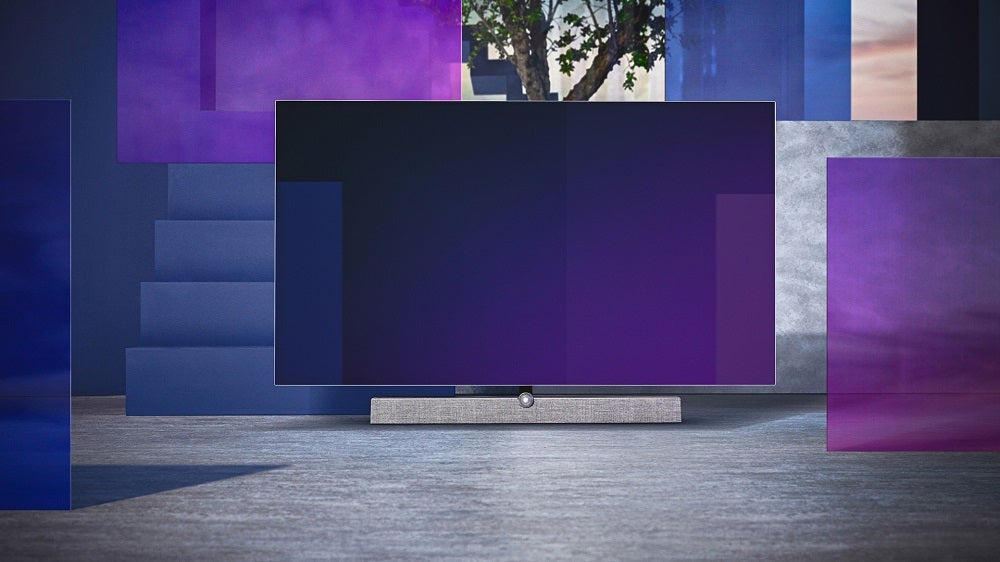
6. Philips 48OLED+935
A mini-OLED marvel
Pros:
- AI Intelligent Dual Picture Engine
- Four-sided Ambilight
- Dolby Atmos audio system
Cons:
- No 4K 120FPS HDMI support
- Limited bass
- Smaller panel size comes with a premium
The 48OLED+935 is the smaller version of the the 65-inch model and Philips first 48-inch OLED.
At this current point in time (we’ve not yet reviewed Sony’s 48-inch OLED), this is arguably the best ‘small screen’ OLED on the market. It’s another fantastic TV from Philips in terms of design, with its OLED thin panel and integrated speaker system screaming a premium feel. In terms of smarts it’s exactly what you’d get from the bigger OLEDs with its Android UI and wide range of streaming apps and features.
The picture and sound in our estimation, are just as captivating as they are on bigger models. With Philips introducing its AI processor for its 2020 TVs, image quality is further improved with better detail, sharpness and pop given to images. A wide HDR support means this TV will support virtually any piece of content available and when it comes to sound this TV is several notches better than an average TV with its big, well-balanced performance.
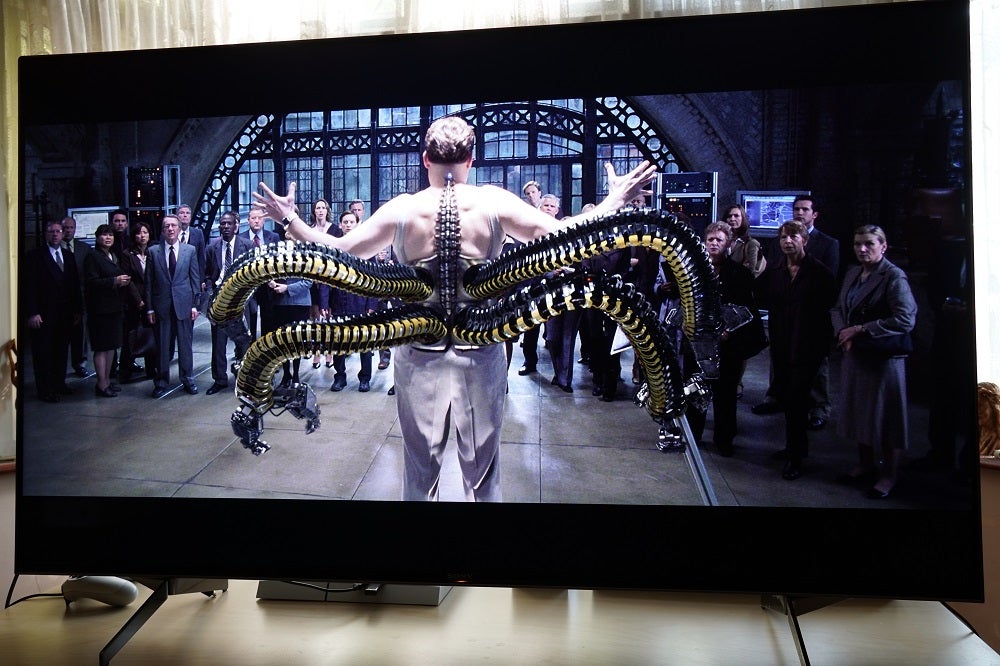
7. Sony KD-55XH9505
Fabulous HDR performance
Pros:
- Fabulous looking HDR images
- Customisable stand
- Entertaining audio performance
- Impressive black levels
- Excellent motion skills and upscaling
Cons:
- Instances of blooming with HDR content
- No 4K/120fps support
- Android/YouView integration still a bit awkward
We guarantee you’ll be entertained by the images this Sony TV serves up. The potential of HDR is unleashed with the XH95’s dazzlingly bright, colourful and intense images. Black levels are also really well done, though the trade off with the bright HDR performance are instances of backlight bleed that may be distracting to some.
Elsewhere, to our eyes, the upscaling of sub-4K was excellent, and its motion-handling with programmes and sports is natural and one of best we’ve seen at this price. The Acoustic Multi-Audio performance is much better than what you’d expect from a flatscreen TV. Apart from the awkward integration of Android and YouView and a lack of gaming features for the new consoles, this is a very impressive TV from Sony.
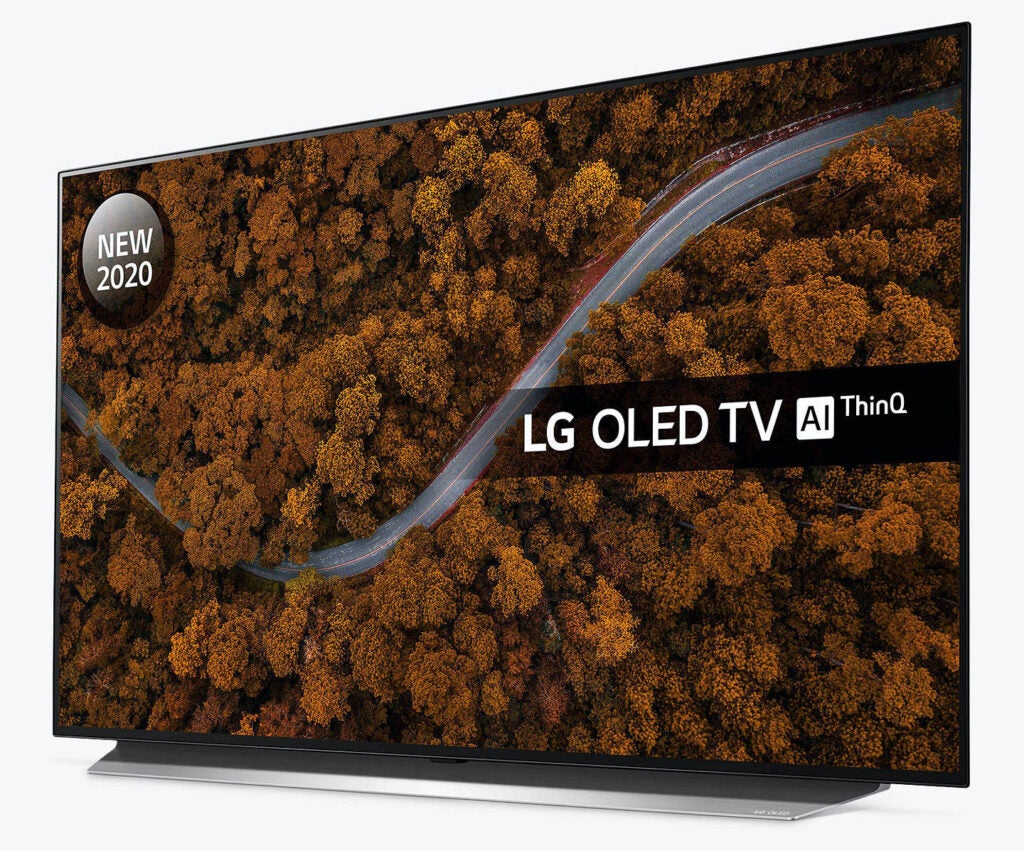
8. LG OLED48CX
A no compromise, smaller sized OLED
Pros:
- Beautiful picture quality
- Strong sound quality
- Class-leading gaming features
Cons:
- Costs more than 55-inch version
- Care needs to be taken to avoid screen burn
- Missing most of the UK catch up apps
LG CX were the first out with their 48-inch OLED and despite the dip in size, the performance is just as good as the 55-inch model.
That means the fantastic picture quality, good sound and most comprehensive gaming-friendly connectivity on the market. Black levels remain excellent, providing a fantastic foundation for dynamic and intense colours, especially with HDR content. We didn’t feel it looked as sharp as LG’s other OLEDs, predominantly down to its smaller size, but that does mean that you can sit closer to this OLED for the best effect.
Aside from iPlayer it is still missing most of the UK catch-up apps and that the 48-inch model costs more than the 55-inch version. That makes the larger size the better value in our rankings.
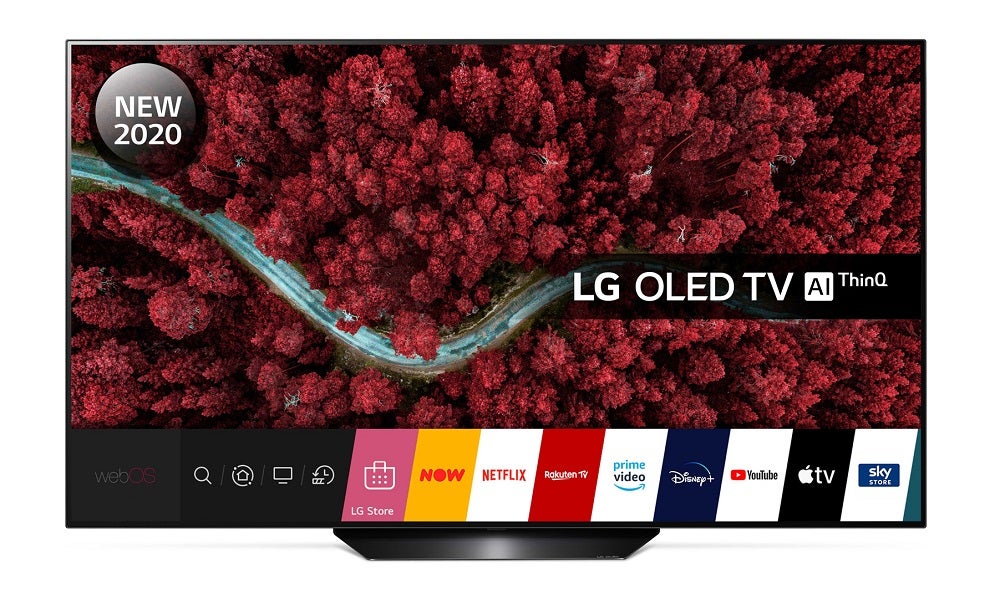
9. LG OLED55BX
LG’s cheapest OLED TV
Pros:
- Superior gaming connectivity
- Brilliant value
Cons:
- No Freeview Play
- Presets favour dark-room viewing
The LG BX brings OLED technology even closer to sub-£1000 price point, and does so without losing much in performance to the more equipped CX models. Like the CX it’s primed to work very with Ps5 and Xbox Series X with its HFR and VRR features. webOS has plenty of apps in its library too – though aside from iPlayer it is missing the rest of the UK catch-up apps.
We found picture quality to be terrific for the price. Though the picture processor isn’t as refined as the one in the CX, we doubt anyone will be short-changed with the performance it offers: detail is excellent, images are colourful and well-balanced and its HDR performance is good, especially as ever with an OLED TV with a good HDR performance when it comes highlights. It’s very solid in terms of sound too, good enough for casual viewing of TV and films.
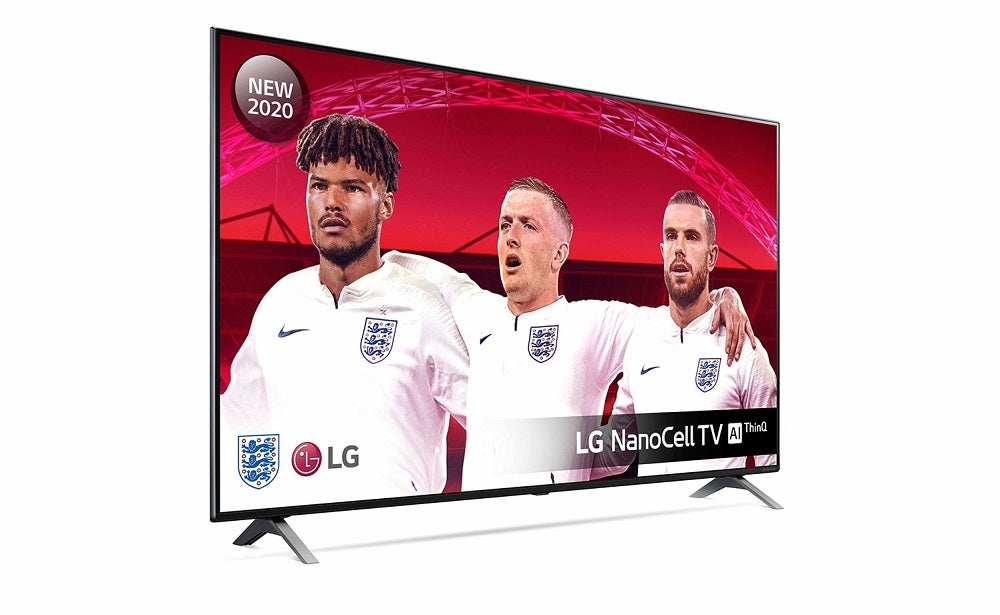
10. LG 65NANO906
Perfectly suited for gamers
Pros:
- Looks good with native 4K content
- As future-proofed, games-wise, as they come
- Half-decent sound
- Good OS
Cons:
- Some backlighting issues
- Not the most capable upscaler
- Still missing some UK catch-up apps
- Looks deep if wall-mounted
The NANO 90 is another feature-packed TV on this list, and at 65-inches it’s a relatively affordable set, considering the specs it has.
We were impressed with its detail levels, alongside a wide-ranging colour palette that offers an assortment of colours to assault the eyes with. And if you’re looking forward to next-gen gaming, this TV has you sorted with 4K/120Hz compatibility and a sub-13ms latency.
One thing to take into account is that LG’s 2020 TVs don’t feature Freeview Play and there are still a few UK catch-up apps missing.
How we test the best 4K TV
Every TV that passes through our doors gets put through a series of tests and naked eye checks to gauge its overall picture quality and optimal settings. Key things we look out for are screen uniformity, black level, maximum brightness and colour vibrancy/accuracy. We also check input lag to make sure gamers won’t lose their edge when playing online.
A variety of test footage is used to cover every type of scene, so we can assess a 4K TV’s strengths and weaknesses, as well as how it performs against the competition.
Sound quality isn’t forgotten, either – we give the built-in speakers a thorough listen to determine whether you’ll need to invest in a soundbar or speaker system to beef things up so we can evaluate what is the best 4K TV.
If you’re interested in checking out TVs at different price models, models and brands. Look through our main best ofs below models for everything from cheap 4K HDR TVs, to the latest from LG, Samsung and Panasonic.